Inland Container Depots (ICDs) and dry ports play a crucial role in India’s logistics and transportation network. According to the Ministry of Commerce, an ICD is a facility established away from the seaports where cargo can be received, dispatched, and handled, similar to port operations but inland. These facilities function under the oversight of Customs and other relevant agencies, ensuring that goods meet regulatory requirements before they enter or leave the country.
As vital transport hubs, ICDs facilitate the movement of containers between ports and inland locations, streamlining supply chains and reducing congestion at seaports. They serve as key nodes in the logistics chain, supporting efficient cargo handling and promoting trade.
In this article, you will explore the significance of ICDs and dry ports, including their functions, operational benefits, and impact on India’s logistics infrastructure. We will also provide a comprehensive list of ICD in India to give you a clearer understanding of their distribution and role across the country.
Functions of Inland Container Depots
Inland Container Depots (ICDs) are pivotal elements in India’s logistics and transportation infrastructure. They handle a range of activities crucial for the smooth movement of goods from seaports to inland destinations. Here’s a detailed look at their key functions:
- Cargo Handling and Storage: ICDs facilitate the efficient handling and storage of containers. They offer facilities for unloading, loading, and temporarily storing goods, ensuring that cargo is managed effectively before it reaches its final destination.
- Customs Clearance and Documentation: ICDs act as clearing points for customs procedures. They provide a venue for inspecting, verifying, and documenting goods, ensuring compliance with regulatory standards.
- Consolidation and Deconsolidation: ICDs consolidate cargo from various suppliers into a single container or deconsolidate a large shipment into smaller consignments. This function helps optimize transport logistics and reduce shipping costs.
- Transshipment Services: ICDs offer transshipment services where goods are transferred from one mode of transport to another, such as from rail to road. It ensures seamless connectivity and efficient distribution of goods across different regions.
- Distribution and Warehousing: ICDs provide warehousing facilities for goods in transit, allowing businesses to manage their inventory effectively. They also support distribution networks by ensuring timely delivery of goods to various destinations.
In addition to consolidation and deconsolidation, warehousing, and transshipment services, Intoglo, a cross-border FCL logistics provider from India to the USA, offers numerous services, including its own CFS space at all ICDs, cargo consolidation, palletization, stuffing, and LTL pickups for consolidation from shippers throughout India. Intoglo has 50+ warehouses for long-term storage in the USA, 40+ trucking partners, custom bond services, pre-screening before shipment departure, and more.
Also Read: Guide to Understanding What is a Container Yard
How Inland Container Depots Work?
Inland Container Depots (ICDs) play a central role in the logistics chain, efficiently managing both the export and import processes. Understanding their operations can illuminate their critical function in international trade.
Process of Exports
- Cargo Collection and Preparation: The export process begins with collecting goods from various suppliers or manufacturers. These goods are transported to the ICD, sorted, and prepared for export. The ICD staff ensures the cargo is packed, labeled, and ready for shipment according to international standards.
- Customs Documentation and Clearance: At the ICD, customs documentation is completed and submitted for approval. It includes the submission of export declarations, invoices, and other required documents. Customs officials at the ICD verify these documents and conduct necessary inspections. Pre-screening services may sometimes expedite this process, ensuring compliance before the shipment departs.
- Loading and Dispatch: Once customs clearance is obtained, the products are put onto the preferred means of transportation, usually rail or road, for onward transport to the port. ICDs coordinate with transport providers to schedule and manage the dispatch of containers, ensuring timely departure for international destinations.
Process of Imports
- Arrival and Unloading: Imported goods arrive at the ICD via rail or road from seaports. The ICD is responsible for unloading these containers and performing initial inspections to ensure they match the shipping documents and are in good condition.
- Customs Clearance and Documentation: The ICD facilitates the customs clearance process for the imported goods upon arrival. This involves submitting the required documentation to customs officials, such as import declarations and invoices.
- Storage and Distribution: After clearance, goods are either stored in the ICD’s warehousing facilities or immediately prepared for distribution to their final destination. The ICD ensures that all regulatory requirements are met and coordinated with local distribution networks to deliver the goods efficiently.
Also Read: Understanding the Role, Purpose, and Charges of Container Freight Station (CFS)
Advantages of Inland Container Depots
Inland Container Depots (ICDs) offer several advantages that boost the efficiency of logistics and transportation networks. These benefits contribute significantly to the smooth functioning of international trade and supply chains. Here are some key advantages of ICDs:
- Reduced Port Congestion: By handling some cargo away from seaports, ICDs help alleviate congestion at major ports. This minimizes wait times and increases overall port efficiency, resulting in faster vessel turnaround times.
- Cost Savings: ICDs offer cost-effective solutions by consolidating cargo from various suppliers, which can lower transportation costs. Additionally, they reduce the need for costly port handling charges and storage fees, benefiting businesses by reducing overall logistics expenses.
- Improved Customs Efficiency: ICDs streamline customs procedures by providing dedicated facilities for customs clearance. This helps expedite the processing of import and export documentation, reduce delays, and improve compliance with regulatory requirements.
- Enhanced Connectivity: ICDs serve as key nodes in the logistics network, providing seamless connections between seaports, railways, and road transport. This integration ensures efficient movement of goods and supports developing a more interconnected transportation system.
- Efficient Cargo Handling: ICDs are equipped with specialized facilities for handling, storing, and managing containers. This includes services such as loading, unloading, and temporary warehousing, which enhances the efficiency of cargo management.
- Support for Regional Development: ICDs often stimulate regional economic growth by providing job opportunities and promoting local businesses. Their presence can lead to infrastructure improvements and increased investment in surrounding areas.
- Risk Management: ICDs help businesses manage inventory more effectively by offering warehousing and storage facilities. This minimizes the risk of troubles in the supply chain and ensures that goods are readily available when needed.
- Environmental Benefits: ICDs help to improve environmental sustainability by optimizing transportation routes and decreasing the demand for long-distance haulage. Environmental benefits can lead to lower fuel consumption and reduced carbon emissions.
Difference between Container Freight Station and Inland Container Depot
Here’s a comparative overview of Container Freight Stations (CFSs) and Inland Container Depots. This table outlines the key differences between CFSs and ICDs, highlighting their distinct roles and functions within the logistics and transportation network.
| Feature | Container Freight Station (CFS) | Inland Container Depot (ICD) |
| Primary Function | Handles cargo consolidation, deconsolidation, and warehousing near ports. | Manages cargo handling, storage, and customs clearance inland. |
| Location | Typically located at or near seaports. | Located inland, away from seaports. |
| Customs Function | Provides basic customs clearance services and temporary storage. | Offers comprehensive customs clearance and documentation services. |
| Cargo Handling | Focuses on the handling of cargo before it is loaded onto or after it is unloaded from ships. | Handles cargo for both import and export, including loading and unloading from various transport modes. |
| Transport Mode | Primarily deals with maritime transport and port-to-port logistics. | Supports multiple modes of transport, including rail and road. |
| Role in Logistics | Acts as an intermediary between shipping lines and inland transport. | Functions as a hub for the distribution and management of goods to and from seaports. |
| Storage Facilities | Provides temporary storage and consolidation before shipping or after arrival. | Offers long-term warehousing and storage solutions for imported and exported goods. |
| Infrastructure | Usually equipped with facilities for cargo sorting and packing. | Equipped with extensive facilities for handling, customs clearance, and warehousing. |
| Customs Documentation | May handle basic customs paperwork but less comprehensive than ICDs. | Handles detailed customs documentation and compliance checks. |
| Impact on Port Congestion | Helps reduce congestion at ports by managing part of the cargo flow. | Helps alleviate congestion at ports by managing inland cargo. |
What is a Dry Port?
A dry port is a logistics facility that functions as an inland extension of a seaport. It is a key node in the transportation network, facilitating cargo movement between seaports and inland locations. Dry ports are strategically located away from coastal areas, typically near major transport routes like railways or highways.
Key Features of Dry Ports:
- Functionality: Dry ports perform many of the same seaport functions, including cargo handling, customs clearance, and warehousing. They manage the import and export processes for goods transported inland, reducing seaport congestion.
- Integration with Seaports: Dry ports are linked to seaports through efficient transport networks, such as rail or road. They act as a bridge between international maritime trade and domestic distribution, ensuring a smooth flow of goods.
- Customs and Documentation: Dry ports offer customs services and documentation facilities similar to seaports. It allows for processing imports and exports inland, improving efficiency and reducing delays.
- Transport Hub: They serve as transport hubs where cargo can be transferred between different modes of transport, such as from ships to trains or trucks. This helps optimize logistics and distribution routes.
- Economic Benefits: Dry ports contribute to regional economic development by decentralizing cargo handling from busy seaports. They create job opportunities, improve infrastructure, and support local businesses.
In line with customs and documentation, Intoglo offers dedicated CHAs at all major ports in India, along with an in- house compliance team, PAN India Trucking with leading truckers, and PAN USA Drayage across all wet and dry ports.
List of Inland Container Depots and Dry Ports in India
Here’s a list of ICD in India along with some notable dry ports, based on recent information available:
Thar Dry Port, Barmer Road Pal Gaon, Jodhpur, Rajasthan
Port Code: INTHA6
The Thar Dry Port in Jodhpur is designed to enhance trade by providing an inland hub for container handling and storage. It supports the western region of India by facilitating efficient cargo movement and connectivity with major seaports.
Panchi Gujara, Tehsil-Gannur, Sonepat District, Haryana
Port Code: INBDM6
Located in Haryana, this ICD serves as a crucial logistics center, handling cargo from the northern part of India. It is strategically positioned to support trade in one of India’s most industrially developed regions.
Concor ICD, Mouza-Bampada, Remuna, Balasore, Odisha
Port Code: INBLE6
Managed by Container Corporation of India (Concor), this ICD in Balasore supports the eastern region of India. It facilitates the efficient handling and transportation of containers, boosting trade in the east part of the country.
ICD Nagpur, NR Narendra Nagar, Nagpur, Maharashtra
Port Code: INNGP6
ICD Nagpur is a key logistics hub in central India. It handles cargo and provides warehousing services, playing a significant role in the region’s supply chain management.
ICD Jalandhar, Dhogri Road, Noorpur, Jalandhar, Punjab
Port Code: INJUC6
Situated in Punjab, ICD Jalandhar supports cargo operations in northern India. It helps streamline the import and export processes, contributing to regional economic growth.
ADANI ICD, Kilaraipur, Dehlon, Ludhiana, Punjab
Port Code: INQRP6
Adani Logistics operates this ICD as an important logistics facility in Punjab. It handles a large volume of cargo and provides efficient services for the northern region of India.
Sattva Bengaluru ICD, Vemgal Industrial Area, Koorgal, Karnataka
Port Code: INKQZ6
This ICD in Bengaluru supports the southern region by managing cargo handling and warehousing. It plays a crucial role in Karnataka’s logistics network, facilitating trade and distribution.
ICD Kottayam, Village Nattakam, Kottayam, Kerala
Port Code: INKYM6
ICD Kottayam serves as a vital logistics center for Kerala. It helps manage cargo movement and distribution in the southern state, supporting regional trade.
ICD Viramgam, Bhojwa, Ahmedabad, Gujarat
Port code: INVGR6
Located in Gujarat, ICD Viramgam plays a significant role in managing cargo for the western part of India. It supports the logistics network by handling container operations efficiently.
ICD Dadri
Port code: INDER6
Located in Greater Noida, Uttar Pradesh, ICD Dadri is a major inland container depot in North India. It serves as a key logistics hub for import and export cargo, offering comprehensive services like customs clearance, warehousing, and container handling. Its proximity to Delhi and major industrial zones makes it a critical node in the supply chain.
ICD Tughlakabad
Port code: INTKD
Situated in South Delhi, ICD Tughlakabad is one of India’s largest and busiest inland container depots. It plays a pivotal role in facilitating international trade, handling containerized cargo for export and import. The facility is equipped with modern infrastructure for customs clearance, storage, and transportation, serving as a gateway to the NCR region.
Conclusion
In conclusion, Inland Container Depots (ICDs) and dry ports are indispensable in India’s logistics network, serving as vital hubs for efficient cargo handling, storage, and customs clearance. These facilities ease congestion at seaports and streamline the import and export processes, ensuring the smooth flow of goods across the country. Using the capabilities of ICDs and dry ports can significantly enhance your supply chain efficiency, reduce costs, and improve overall operational effectiveness.
As you explore the best logistics management methods, consider the comprehensive services Intoglo offers. With expert customs clearance solutions, including pre-screening before shipment departure and access to experienced customs brokers in the USA, Intoglo ensures your shipments are handled with the utmost care and compliance.
By partnering with a reliable service provider like Intoglo, you can take full advantage of India’s extensive network of ICDs and dry ports, optimizing your cargo handling and transport processes to stay ahead in the competitive market.


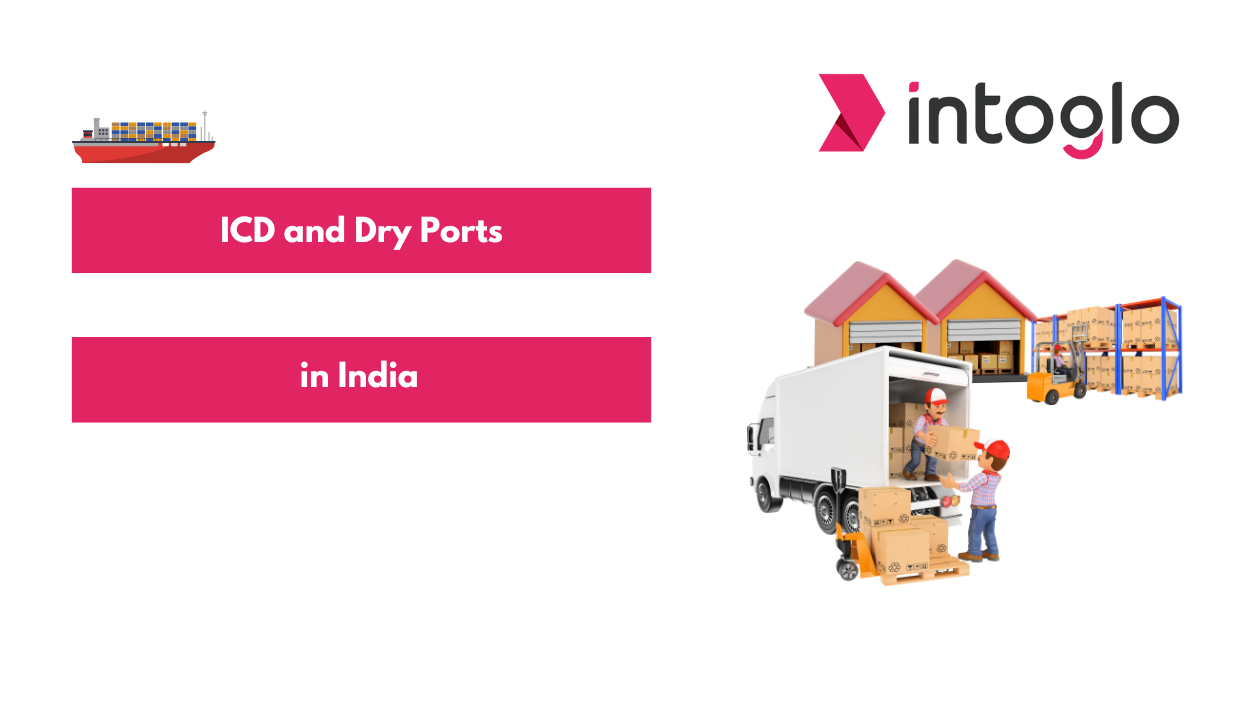

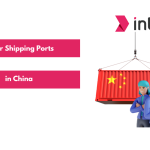
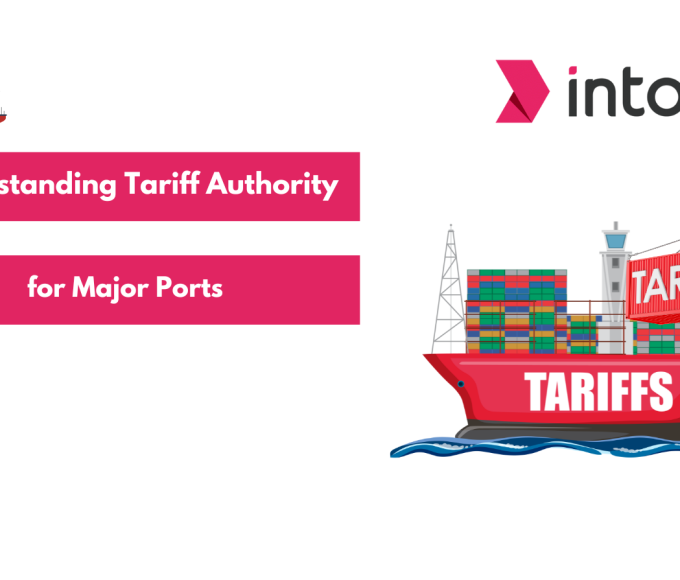
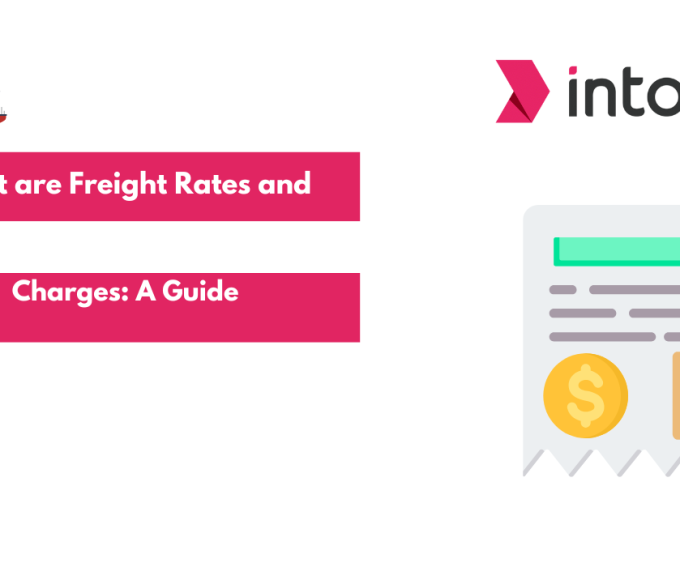
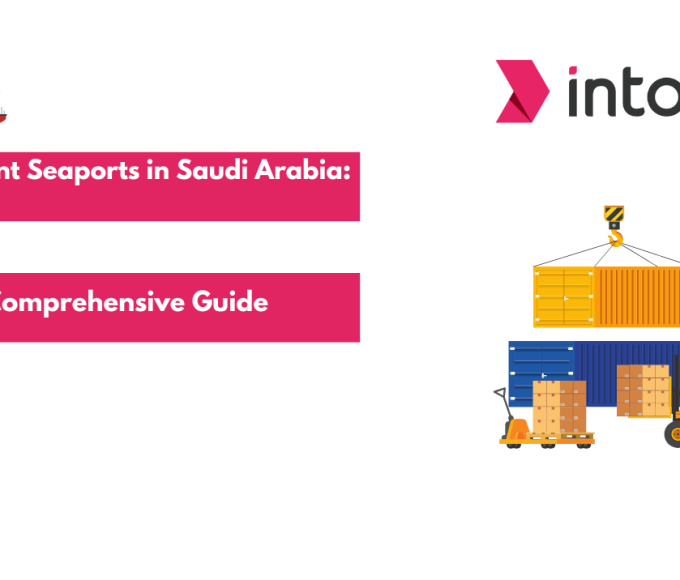
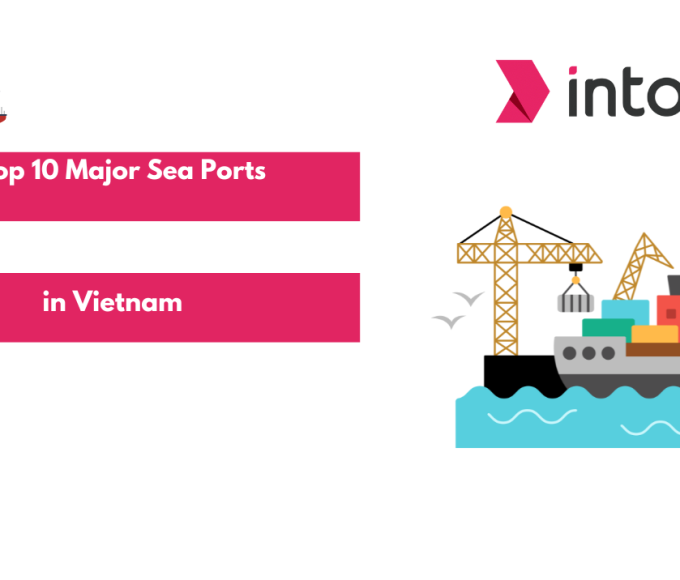
Leave a comment